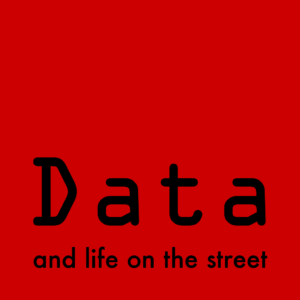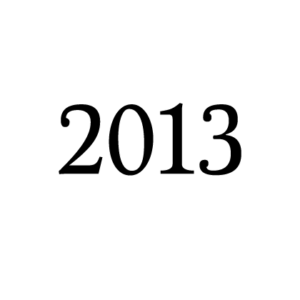Design Issues, Summer 2017, Vol. 33, No. 3, pp. 25–36

Category: Publications
Surfacing Small Worlds through Data-In-Place
Very happy to have another publication from the monumental Tenison Road project, this time in the Journal of Computer-Supported Cooperative Work (CSCW).
Lindley, S.E., Thieme, A., Taylor, A.S. et al. (2017). Surfacing Small Worlds through Data-In-Place. Computer Supported Cooperative Work.
Abstract
We present findings from a five-week deployment of voting technologies in a city neighbourhood. Drawing on Marres’ (2012) work on material participation and Massey’s (2005) conceptualisation of space as dynamic, we designed the deployment such that the technologies (which were situated in residents’ homes, on the street, and available online) would work in concert, cutting across the neighbourhood to make visible, juxtapose and draw together the different ‘small worlds’ within it. We demonstrate how the material infrastructure of the voting devices set in motion particular processes and interpretations of participation, putting data in place in a way that had ramifications for the recognition of heterogeneity. We conclude that redistributing participation means not only opening up access, so that everyone can participate, or even providing a multitude of voting channels, so that people can participate in different ways. Rather, it means making visible multiplicity, challenging notions of similarity, and showing how difference may be productive.
Re-making places
At the CHI conference this year, Clara Crivellaro presented this paper on our amazing work at a regeneration site on the outskirts of London. The work touches on many issues that are important to me, from grassroots participation and housing to inventive methods and technoscience’s productive possibilities.
Clara Crivellaro, Alex Taylor, Vasilis Vlachokyriakos, Rob Comber, Bettina Nissen, Peter Wright
Abstract
We present insights from an extended engagement and design intervention at an urban regeneration site in SE London. We describe the process of designing a walking trail and system for recording and playing back place-specific stories for those living and working on the housing estate, and show how this is set within a wider context of urban renewal, social/affordable housing and “community building”. Like prior work, the research reveals the frictions that arise in participatory engagements with heterogeneous actors. Here we illustrate how material interventions can rearrange existing spatial configurations, making productive the plurality of accounts intrinsic in community life. Through this, we provide an orientation to HCI and design interventions that are concerned with civic engagement and participation in processes of making places.
Data, (bio)sensing and (other-)worldly stories from the cycle routes of London
Delighted to have a chapter published in Dawn Nafus’ new book, Quantified (MIT Press). (more…)
Published “After Interaction”
Just had a short piece, After Interaction, published in Interactions magazine. (more…)
Published Data and life on the street
We’ve published a short commentary on the Tenison Road project in the new Big Data & Society journal. Download it here (open access).

Taylor, A. S., Lindley, S., Regan, T., & Sweeney, D. (2014). Data and life on the street. Big Data & Society, 1(2).
Abstract: What does the abundance of data and proliferation of data-making methods mean for the ordinary person, the person on the street? And, what could they come to mean? In this paper, we present an overview of a year-long project to examine just such questions and complicate, in some ways, what it is to ask them. The project is a collective exercise in which we – a mixture of social scientists, designers and makers – and those living and working on one street in Cambridge (UK), Tenison Road, are working to think through how data might be materialised and come to matter. The project aims to better understand the specificities and contingencies that arise when data is produced and used in place. Mid-way through the project, we use this commentary to give some background to the work and detail one or two of the troubles we have encountered in putting locally relevant data to work. We also touch on a methodological standpoint we are working our way into and through, one that we hope complicates the separations between subject and object in data-making and opens up possibilities for a generative refiguring of the manifold relations.
2013 publications updated

Updated 2013 publications.